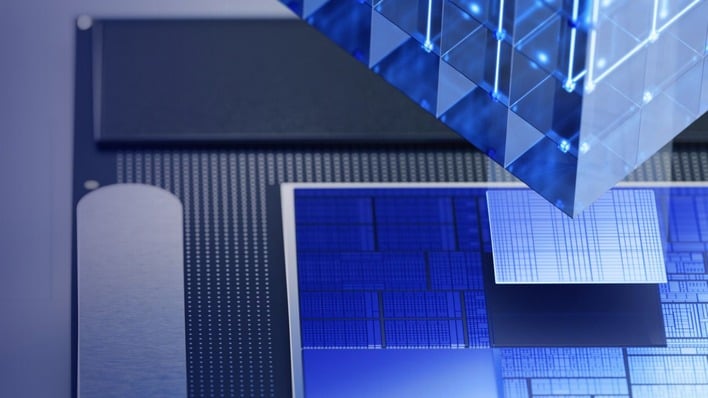
Intel’s Arc launch was weak, to be sure, but we’ve retested the parts several times since launch, and the software is competent at this point. All Intel needs now is some new graphics hardware. That’s on the way, and we’ll get a sneak peek of its capabilities with the launch of Intel’s Lunar Lake mobile CPUs. Intel tells us that Lunar Lake’s integrated GPU is built from the very same Xe2 building blocks that have also been used to build Battlemage, the successor to “Alchemist”, the first-gen discrete Arc GPUs.
On the topic of “sneak peeks,” Lunar Lake hasn’t actually arrived yet, but known leaker Jaykihn (who previously leaked information about Lunar Lake model names) shared some benchmark data from pre-release parts. The numbers are encouraging, as they place Intel’s new processors well ahead of both its own and AMD’s current-generation chips. Here’s a handy table we’ve made by mixing in a few different leaks with fresh data:

This data is sourced from both our own local hardware as well as three separate leaks. Over on Weibo, familiar face Golden Pig Upgrade Pack posted up a message reporting on the graphics performance of AMD’s Ryzen AI 300 processors, which you can read (translated by Google) for yourself:
Combining these numbers with a few of our own, the Ryzen AI 9 HX 370 leak from GPD last week, and the numbers from Jaykihn, we get a pretty fair idea of how Lunar Lake will stack up against both current and future hardware. Arguably the most impressive comparison here is the 30W Lunar Lake result against the completely uncapped desktop APU. 4109 is an amazing result for Radeon 780M, but Lunar Lake is a step ahead.
Keep in mind when looking at the Lunar Lake leak results that the TDP has to include the system memory as well as the CPUs, GPU, and NPU. So saying, that “30W” number is probably more like 25-28W in reality, making these results even more impressive.

There are other benchmark results in Jaykhin’s data, but we didn’t look at them too closely because many of them are multi-core numbers and Lunar Lake really isn’t expected to compete with Strix Point (nor indeed Meteor Lake) in multi-core performance. It’s only a 4+4 configuration intended for low-power systems like thin & light notebooks and handheld gaming machines.
However, at a glance, that single-core Geekbench 5 results of 2020 is phenomenal, and competes with high-power desktop parts. Likewise, the Speedometer result of 455 is crazy-high, once again competing with desktop parts and well faster than any mobile chip we’ve tested, including both Meteor Lake and Snapdragon X Elite. This has exciting implications for not only Lunar Lake but also Intel’s next-gen Arrow Lake desktop parts using the same architecture, and we can’t wait to get our hands on both.
